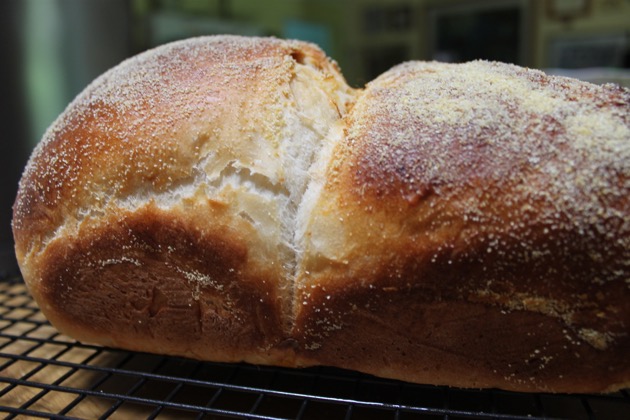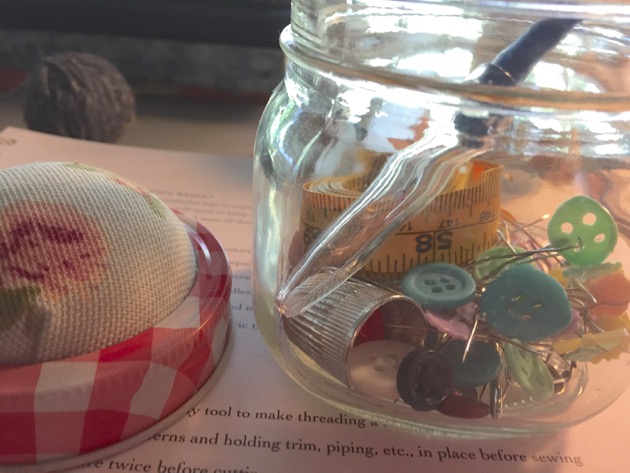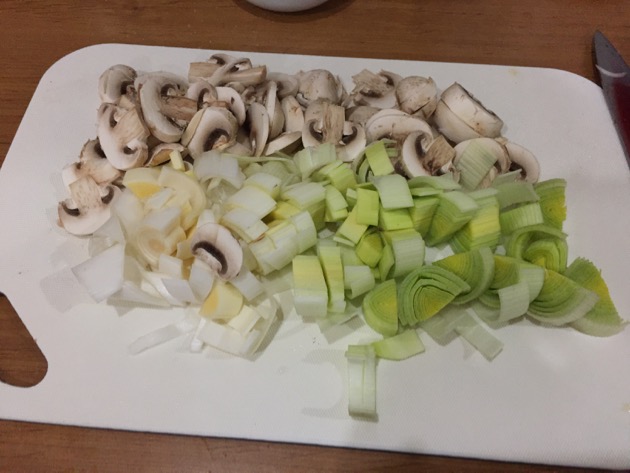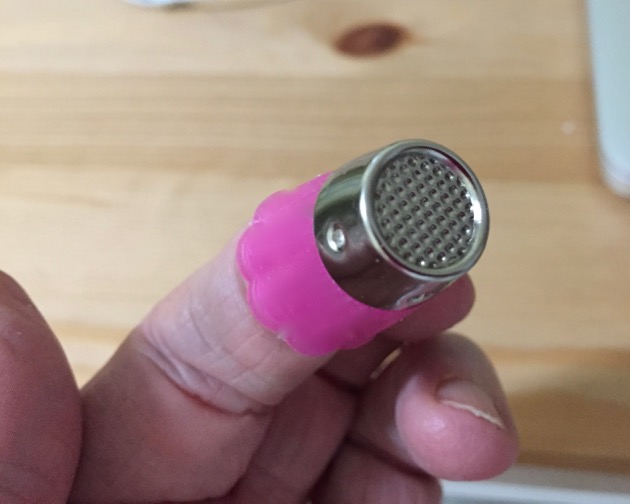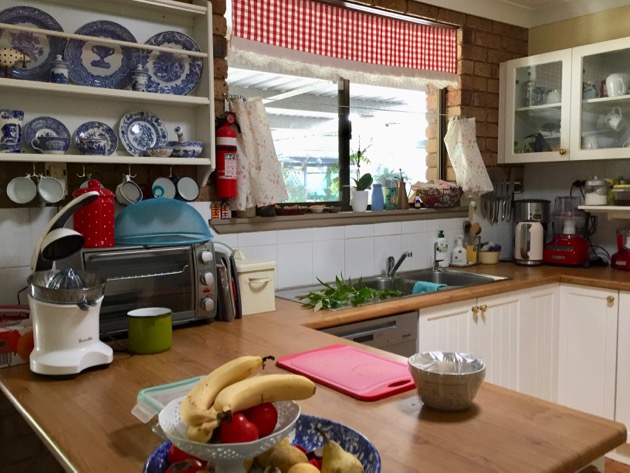We have so many visitors here that sometimes it feels like we're camping in the middle of Central Station. I'm a solitary soul and while I thrive with my family around me, I need silence and solitude as well. Hanno and Jamie went to the movies yesterday so I took the wonderful opportunity for some alone time. I spent some time in the garden pottering around and planning future projects and when I came inside again, went straight to the kitchen and made up two quick liquids that we'll enjoy in the coming days. I feel refreshed and full of beans now, so watch out. 😊
When I make salads, I prefer a no-oil dressing. I grew up long before the days of bottled salad dressing and olive oil. If we dressed salads at all, it was with vinegar. I remember my grandmother making salad by sprinkling a teaspoon of sugar, salt and pepper over the salad and then pouring in some vinegar. By the time the salad was eaten, the dressing was a mix of tomato, cucumber and onion juices mixed in with the vinegar and sugar. Grandma drank it straight down and taught the habit to my sister, Tricia. I drink it now too and have discovered there is nothing quite as bracing as a mouth full of vinegar juices.
I often have flavoured vinegar in the cupboard. I make it up ahead of time so it can develop flavour and add extra depth to potato salad, coleslaw, fish and quick pickles. If you add two tablespoons of this vinegar to mayonnaise, it cuts the creaminess back nicely and gives it a little kick. I've been using flavoured malt vinegar recently so I decided on an apple cider vinegar this time. It's a simple process that takes less than five minutes. All I do is place vinegar, sugar and spices in a saucepan and bring it up to a hot, but not boiling, temperature. You can use any spices you fancy, I tend to use the traditional pickling spices of mustard seed - I have yellow and black here, celery seeds, pepper, chilli flakes and salt. I used two small fresh bay leaves too. I'm not giving you any set amounts because this is one of those things where you throw the recipe out the window and rely on your own taste to guide you. When it tastes right, it's right. But as a little hint, I used 400 mls of cider vinegar and ½ cup raw sugar. If the taste is too sharp and it's already sweet enough, add a little water to mellow it. When you have the base liquid to your taste, start adding the spices you like.
Pour it into a jar while it's still hot and let it sit on the bench while it cools. Stir it occasionally to bring in the flavour of the spices even more. If you don't like the floating seeds in the vinegar, strain them out after a couple of days when the flavours have completely developed. I always store this in the fridge. I'm not sure of the acidity level of the vinegar, it needs to be 5% to be stable in a cupboard, so it's safer in the fridge.
A great use for this is to do a quick pickled cucumber. Three to fours hours before using it, slice cucumber and some onion and place in a bowl. Sprinkle over about a tablespoon of salt and let the cucumbers sit for 45 minutes. This draws water from the vegetables so you don't get watered down vinegar when you fill the jars. Wash the salt off before placing the cucumbers in a jar. Pour over just enough vinegar to cover the slices and allow it to sit until you use them.
We're still working our way through the citrus. The orange tree has been picked, we have a jug of fresh orange juice in the fridge and the last bucket of oranges waiting to juiced. There are still a lot of lemons on the trees and I had about 1500 mls of lemon juice in the fridge waiting to be used. I made more 100ml portions of lemon juice ice blocks and used the rest of the juice I had to make a small amount of lemon cordial. It will give us a nice boost of vitamin C over winter. This is my usual recipe for cordial. It's delicious made up as a cold drink but you can also add it to hot black tea in winter.
Such simple liquids, but they both transform any food they're added to. Do you have a favourite vinegar or juice recipe?
Such simple liquids, but they both transform any food they're added to. Do you have a favourite vinegar or juice recipe?













